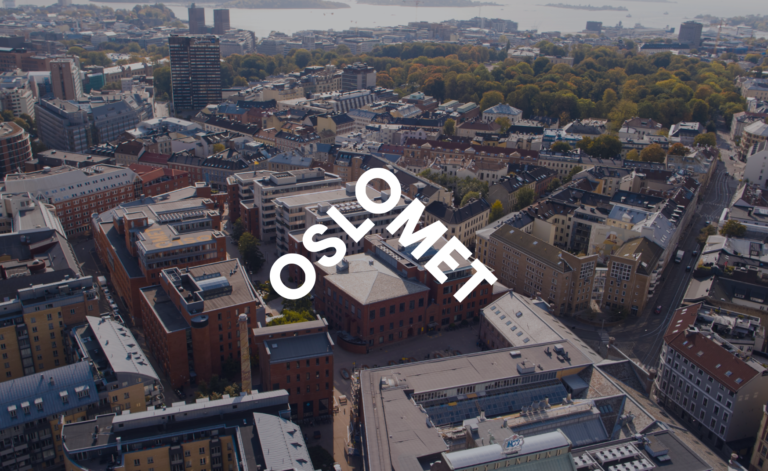
OsloMet streamlines their recruitment
Oslo Met streamlines their recruitment with Grade Industry University Head office Oslo, Norway Employees 2600+ Customer since 2014 Oslo Met is a modern, international university


Petri Tuomaala,
VP of Engineering, Grade
Petri, Grade’s VP of Engineering, is passionate about technology and commuting by bike. In his work, he ensures technically sound and secure solutions for clients.
Utilizing artificial intelligence in public sector recruitment offers significant opportunities, such as improving process efficiency, increasing fairness, and making better hiring decisions. AI can help identify the best candidates from large applicant pools, enhance the candidate experience, and reduce manual steps in the recruitment process.
That’s the theory, at least. The potential is real, but many key questions remain open — for example, what kind of regulation will ultimately apply to AI-driven recruitment software, and who bears responsibility for possible AI errors? Not to mention how to ensure the functionality, data protection, security, transparency, traceability, and fairness of AI in all situations.
In March 2024, Yle published an article on the use of AI in four major private-sector recruitment services in Finland. AI was primarily used in tasks with large applicant volumes and relatively low skill requirements. Of the four companies, only one was critical of AI use, while others already applied it for pre-screening and suitability assessments. However, the article did not make clear what the actual added value of AI was compared to manual processing.
If the use cases in the private sector remain somewhat unclear, the tangible benefits in the public sector may initially be even smaller. Early AI applications often include generating job postings or candidate messages.
In practice, however, public sector job postings are usually standardized at the organizational level, based on predefined templates. Candidate communication is also typically guided and measured by the organization.
So, what added value could AI bring if, at best, it only produces draft announcements or messages that still require human review and approval? Would a candidate appreciate a longer rejection message if it transparently stated, “generated with the help of AI”?
For AI functions based on applicant data—such as suitability assessments or pre-screening—the EU AI Act applies. Recruitment software has been classified as a “high-risk” AI system, bringing a set of compliance requirements and processes that must be followed. On top of that, GDPR Article 22 allows individuals to prohibit automated decision-making about their data.
How can fairness be ensured for those who opt out, if others are processed using AI? How can we make sure AI doesn’t favor, for example, men born in Oulu or avoid certain degrees? How does AI even learn what a “good hire” is?

We are living in a time of transition — the potential of AI is immense, but many solutions and regulations are still under development.
However, this doesn’t mean we can’t take the first steps. A good starting point is experimenting with available external AI tools (like ChatGPT) as part of daily work, keeping in mind data protection and the organization’s AI usage guidelines.
Through practical use, one will likely discover scenarios and ideas where AI could genuinely add value or even provide evidence of its benefits. These ideas can then be assessed for potential risks and how transparency could be ensured. In this way, organizations begin to move toward tangible AI opportunities while respecting the high-level requirements of the AI Act.
As a system provider, we are eager to be part of this journey. We welcome your ideas and scenarios on how AI could be leveraged in public sector recruitment.
We’d love to hear them! Get in touch with us and we’ll get back to you.

Oslo Met streamlines their recruitment with Grade Industry University Head office Oslo, Norway Employees 2600+ Customer since 2014 Oslo Met is a modern, international university

How Bodø municipality is tackling the recruitment crisis in health and care “We can’t just work on recruitment – we also need to address what

Doktor.se transformed its recruitment process with automated workflows and digital reference checks using Grade and Teamtailor. Discover how they saved time, improved quality, and elevated the candidate experience.
Cookies consist of small text files. These files contain data stored on your device. To place certain types of cookies, we need to obtain your consent.
At Grade, we use the following types of cookies. To read more about the cookies we use and their storage duration, click here to visit our cookie policy.
Manage your cookie-settings
Necessary cookies
Functional cookies
Cookies for statistics
Cookies for ad-tracking
Ad measurement user cookies
Personalized ads cookies